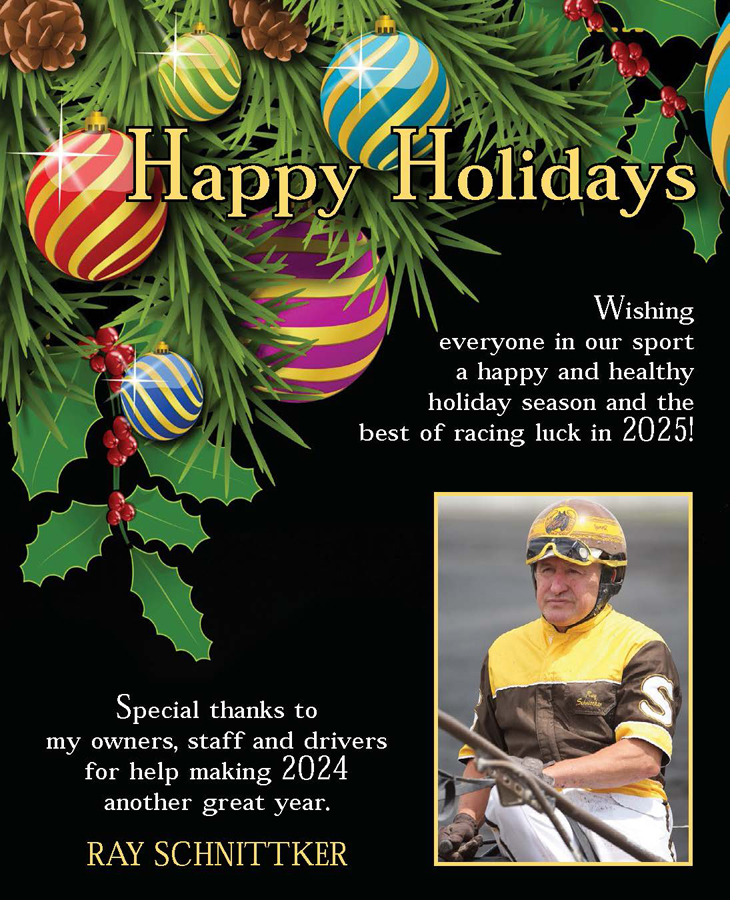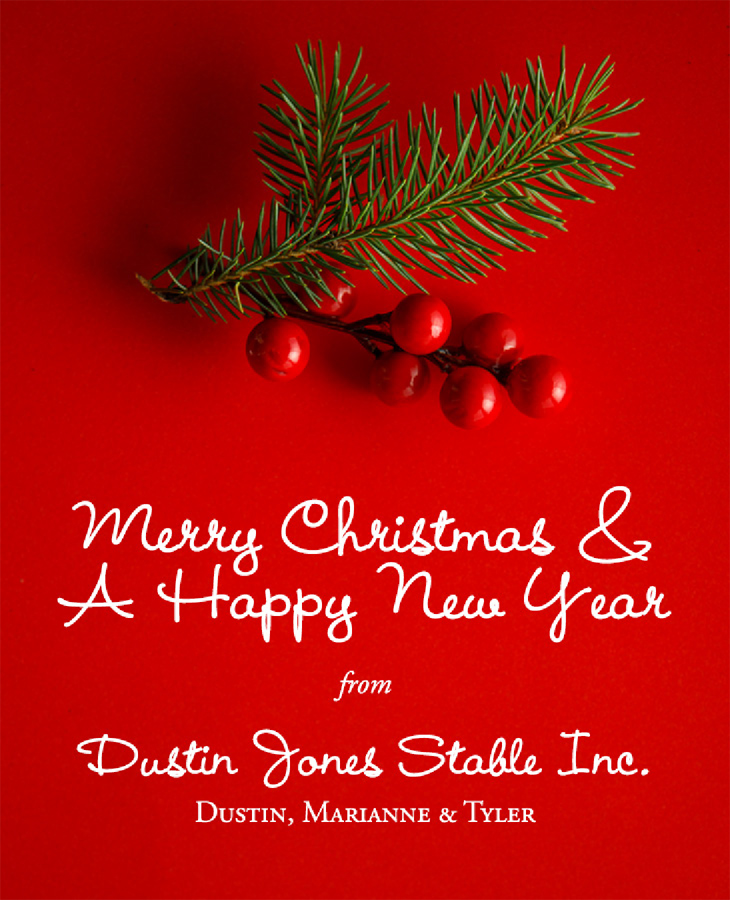

Hambletonian Society nominations appear to be on par following April payment deadlines
by Brett Sturman
The decision announced by the Hambletonian Society to keep the April 15 payment deadline intact for stakes and early-closers that the organization administers was one that sparked a hotly contested debate in recent weeks. It became a question of what flexibility – if any – should have been allowed in modifying the payment due date, weighed against the increasingly difficult world economic climate.
In keeping with the date as scheduled, there was an intent to maintain the value of the stakes races at accustomed purse levels while at the same time not trying to alienate anyone with financial hardship who had made nominating payments up to that point. With the April 15 date having now passed a little more than a week ago, early indications do not seem to show the type of drop in nominations that one may have expected considering the circumstances.
“I’ve got to be quite vague, but the only thing I can tell you at this stage, based on preliminary numbers, is that our payments held up remarkably well,” said Hambletonian president John Campbell. “This is really preliminary, because the mail is terrible in both countries (U.S. and Canada) and has been whether we have a crisis or not, so we always have to wait on for a little while after the 15th because it’s amazing how even with postmarks of the 14th and 15th how long it takes to get to the office sometimes.
“Just based on our numbers we’ve seen so far we’re very thankful for what they show. There’s an attrition that we have a scale for where we go back over the last few years, and the attrition is from February to March and March to April and it’s pretty consistent. It varies a bit from year to year, but not much. So, we have some numbers there from this year and our attrition is going to be in line with previous years.”
Provided the final payment tallies are consistent with Campbell’s early observations, the 2- and 3-year-old stakes associated with the Hambletonian Society shouldn’t see a significant purse reduction when those races do run. Because of the how these purses are tied largely to payments, in addition to stake sponsors, there was concern prior that had nominating payments been substantially reduced that the purse of each stake would have suffered directly as a result.
It certainly counts for something to have an idea of what purses for the stakes races will be, but it still remains completely unknown as to when – or even if – those races will occur.
Even with his stature, Campbell remains in the same camp as any of us when it comes to knowing what comes next. “I wish I knew, but nobody knows. It’s basically all up to the numbers and statistics that each state and local health officials are watching and so I don’t know, and nobody knows at this point,” said Campbell. “It is really frustrating for everybody, not having at least some idea, and we just don’t. I honestly believe it’ll be a staggered approach to racing where some jurisdictions will start racing before others based on their state or province, but I can’t say when they’ll start.”
To this point, the harness racing stakes season hasn’t yet reached the point of being decimated, though the amount of stakes postponements and cancellations are beginning to pile up. In Ontario, the postponement of the North America Cup was announced over a week ago and yesterday came the announcement that the Confederation Cup will be re-targeted towards a September timeline that aligns with other stakes in the industry at that time.
The harness racing stakes season already operates on a tight schedule in normal circumstances. Nearly every week between June through October is loaded with stakes action and with only so many races to select from, connections for horses have to pick and choose as it is. Should additional stakes races continue to be postponed from their initially scheduled date, it could become increasingly difficult to reschedule those into already narrow windows.
Campbell and the Hambletonian Society are actively monitoring the stakes calendar, but the need to make actual changes at this juncture hasn’t had to occur yet. “The Society with David Janes, our stake manager, we’ve had three stakes so far on our calendar. Two were cancelled and one was postponed,” said Campbell. “The one that was postponed was the Currier & Ives 3-year-old trotting fillies which The Meadows will look to slot in somewhere later in the year and we will obviously work with them to do that. And the Dexter Cup and Reynolds were cancelled, so our next stakes that we administer are not until the end of June. So, we have a little breathing room now, but it’ll be a constant watch, obviously, with the calendar moving forward and looking at schedules later in the year.”
Being over the April payment hurdle, horsepeople should have more confidence in knowing the kind of stake money they’ll be racing for. Now, the question becomes if and when they’ll be able to race for it.
What about the claimers?
This time of year it’s easy to focus on the stakes horses, but the overnight conditioned horses and claimers is what still makes up the overwhelming majority of the horses. With regards to the claimers, should special considerations be given when racing resumes? Look at it this way. If you’re an everyday owner or trainer who has worked and incurred months of expenses with a claimer during this shutdown, does it seem fair to have a horse be claimed away from you in your first start back?
At Pocono Downs for example, there was a slew of claiming activity through their claiming series right up to when racing was stopped. Perhaps one solution could be for tracks to offer race conditions exclusively for claimers for some period of time, but without the ability to claim those horses.
If I own a horse that raced for a claiming price of $12,500 immediately prior to the shutdown, then that horse could be allowed to race in claiming races for a tag of no lower than $12,500. This way, owners could race their claimers to re-coup some of the missed earnings while not having the fear of immediately losing the horse. It seems like a win-win idea for owners and for competitive racing.















